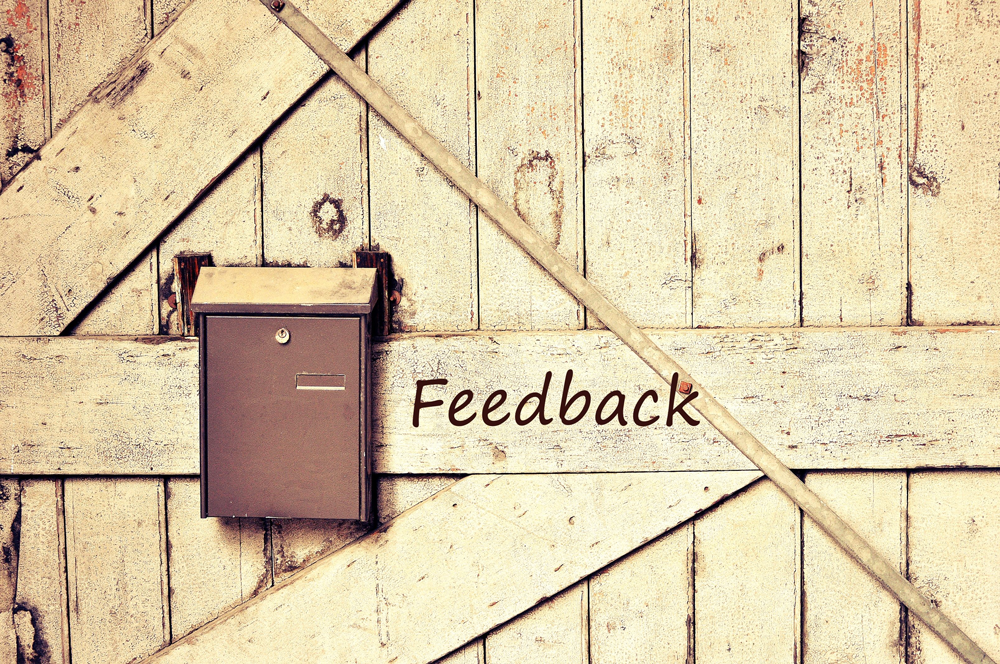
Reverse accountability: how to turn your management system upside down
04/04/2018
Who is afraid of Marijuana? Innovation is lagging…
13/07/2018Leadership is unfortunately a word inflated in the speech on the company and on organizations. There are also many current definitions of this concept. To discuss concepts and words I always like to start from the dictionary. The first definition I find is: “To precede or lead along a path, to accompany as a guide”. As examples, lead a blind man or tourist guide. Then “Serving as a point of reference and orientation”; as an example “the light of the lighthouse led the ship”. Already from here I am at odds to recognize the “boss” that many self-proclaimed leaders have become and others continue, in various Business Schools, to study to become.
Although a later meaning is “Command, Head”, having the troops as an example, I still do not believe in the “boss” style.
Finally I find “Leading to perform a certain action or to reach a goal“, “Educate, teach by providing the necessary examples and advice”, “Inspire by acting as a point of reference” … Here we are: the leader, and his task, are defined. He or she is the person with the greatest knowledge or understanding of a situation that leads one or more of his fellows to reach certain goals, embodying the example and reference, helping them to grow and raise their level of knowledge, awareness and maturity.
After the dictionary, experience, psychological, social and anthropological knowledge – with which I do not want to bore here the reader – tell us that the good leader is also the one who collaborates, who knows how to listen to the contributions of his team, take a step back at the right time and so on .
Hereby I want to focus on a very important aspect of leadership: making people grow, helping them to develop their potential. To such end, experience taught me that a key tool is feedback. Without exaggerating with semantic analysis, I only remember that it is “information on the performance of a person used for the purpose of improvement“. Nothing to do, however, with the outbursts of the “boss” nor with the search for the culprit of an error with the unavoidable, undesirable consequences.
The basic elements of good feedback are:
1) The Why
2) The What
3) The How
A) We see the “Why“: giving good feedback is a subtle art, which first requires an appropriate state of mind. The best feedback comes from those who really want to help the other person to improve, express a greater fraction of their potential and be more satisfied with themselves. In leadership there is undoubtedly a pedagogical aspect because naturally – better: it is as it should be – those who lead carry greater knowledge or experience, or ability to understand the contingent situation and its possible evolutions. Therefore, it is assumed that the leader can observe his / her own collaborators and elaborate more complete understanding and explanation on their behaviors. Thus people can come to know themselves better, improve and learn to overcome their limits, expressing their full potential thanks to a strong and continuously renewed motivation. It is very difficult to reconcile these objectives with a judging, evaluative, hasty feedback, focused on what is not good, aimed at the person rather than his behavior as too often happens.
Instead, everything becomes simpler if the intent is clear, if the leader is aware of the strategic value of releasing of the potential of his collaborators and is strongly committed to foster it. At that point she will also be interested and willing to learn effective feedback models, adopt them and evaluate their effectiveness in the field.
B) The “What” is another aspect to understand. There are approaches to feedback that recommend avoiding any mention of negative elements of performance and mentioning only what has been done well. The idea is to strengthen the qualities and talents of people, without risking to de-motivate them by giving importance to what they have done ineffective or “wrong”. It can be an extreme approach, which raises some perplexities, especially if applied without critical sense. In reality, even according to this School they can deal with the negative aspects of behavior, but only after previous feedbacks have strengthened the trust of the collaborator in their own means and abilities. In any case, a feedback that only focuses on what does not work is to be avoided. It hardly leads to an improvement in behavior and generates rather frustration, loss of self-esteem and of sense of self-efficacy.
A useful approach to the “What” of feedback comes from a model that I find very effective in every field: ALOBA (Agenda-Led Outcome Based Analysis), developed for teaching communication skills to students in the health professions. By analogy, the model is applicable in the context of any organization whenever there is a climate that favors the attitude of continuous improvement and self-reflection. BTW, we know that this is the climate of the best performing companies: indeed it is the one that generates the highest motivation and engagement.
In ALOBA, the “What” is determined primarily by the student’s desire for learning or improvement. In the case of a company in place of the student we will have the collaborator of the leader, or the members of his team. When feedback is given in a group, it will simply be necessary to instruct the group on how the feedback process must be carried out in order to be effective. The leader will be the facilitator and the supervisor, giving ample space to the overall work.
We will see better by dealing with the “How” in what way the “What” emerges from the process, but experience shows that people generally demonstrate a remarkable ability to understand processes and activities they are part of when encouraged by a non-judgmental and constructive environment. Very often the picture that the “student” and with it the working group have of the situation proves to be accurate, and the demand for improvement emerges clearly. Therefore it is precisely from the protagonists themselves of the events and processes that the goal of the feedback emerges, finalized at their professional and personal growth. Working on a spontaneously solicited “What”, the quality of learning – or improvement – is definitely higher and better fixed, remaining over time in possession of the leaders’ collaborators.
C) Here we are now to the “How“: first of all it is very important that the feedback is focused on the behavior and not directed to the person: “You have skipped that specific step of the procedure, and this has allowed the occurrence of the accident”, rather than “You are superficial”, to understand us. It must be descriptive of facts or events and not evaluative: for example it is better “When the customer was asking for information on the product you only looked at the computer screen, and you had virtually no visual contact with the person in front of you” rather than ” It was bad: you completely ignored the customer “. It must be specific, and give the recipient the opportunity to grasp a link with their actions and act to improve their effectiveness. Better “You have grasped well that the thermal performance of the product was critical, but it does not seem that you managed to fully explore the cause and solve the problem” rather than “Your design ability is to be improved”. It is more effective when it is expressed with suggestions or the offer of alternative possibilities that with directives: better “Do you think that quickly start a joint discussion with Production could help solve a similar problem?” Than “Next time discuss it previously with Production”. Finally, it must start from a verification of the experience – or self-assessment – of the “student” and / or the team: “According to you, given the goals you had, how did it go: do you feel you have achieved them? To what extent? What worked? What do you think did not work? “. If their perception is that the process was excellent and the goals completely achieved the work to do is very different from developing simple process improvements.
Let’s now see how the leader can use the model to improve the effectiveness of a team of collaborators.
ALOBA is used with the team during reflection meetings on events or processes, in practice whenever there is the desire or the need to improve some behavior or performance. Let’s see how it can be put into practice.
- The group is instructed on the golden rules of the feedback process, so that the process itself takes place constructively. My hope is that this becomes a constant practice and education is well established in the members of the organization
- At the beginning of the process The Leader solicits a summary of the objectives that the process wanted to achieve; if there is a person in charge of the process on which it is reflected, it will be this one to make the summary and have the role of the “student”. Otherwise it can be an open solicitation to those among the members who want to summarize;
- Subsequently, a self-assessment on the level of achievement of the objectives and a reflection on what worked and what did not is required (again to the “student”). If the objectives were clear it should also be clear if they were achieved or not. If they were not … the leader has a good reflection to make!
- The group – instructed on the effective ways of contributing to the process in a non-judgmental, sensitive and constructive way – is urged to provide its own reflections on the objectives and on what has worked or not, on possible alternative strategies to make the process more effective in the future
- During the whole process the leader contributes with his own experience, directing the discussion towards the best possible result, listening carefully and making the most of all useful contributions
- In conclusion the facilitator summarizes all the points emerged from the feedback as learning / improvement elements so that everyone is clear on what “take home” have to be applied for the future and what improvements to make to the process
Feedback with the individual contributor is similar, it just lacks the group’s instruction on the ways of the process.
With a rational approach and a genuine intent to help her employees grow, the leader can really get great results from using an effective feedback with her collaborators, achieving not only an improvement in the processes and interpersonal interaction in the organization, but also a strong engagement of all in achieving common goals. Finally, as a side effect, even the leader can learn a lot from this process, both on her own collaborators, on the processes and objectives of her organization, and on herself.

